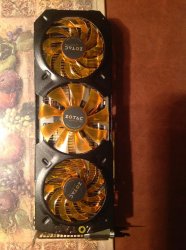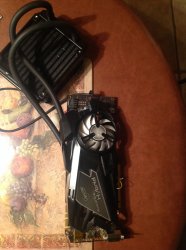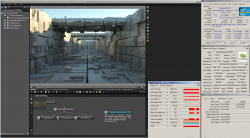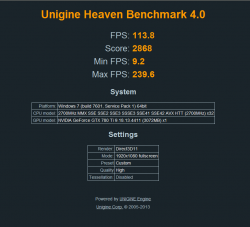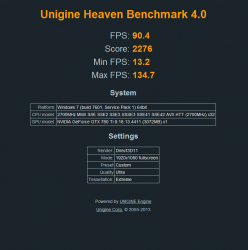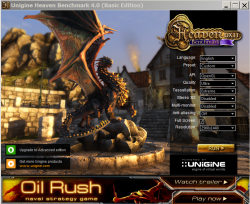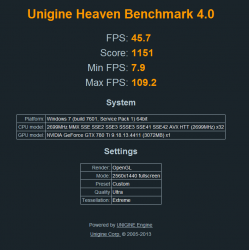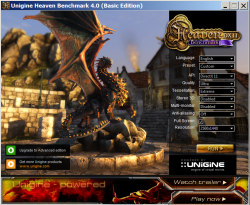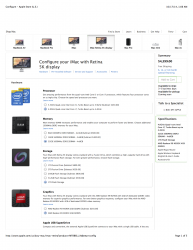Do The Tweaking Math, Realize That Lunch Isn't Free, And See The Compute Weening
The reference design (RD) GTX 980s and 780s may be only for gamers amd sporatic/short/light renders.
1. The numbers continue to favor a tweaked GTX 780 Ti for GPGPU computing generally.
A. GTX 780 Ti
2880 CUDA Cores * 1284.6 MHz = 3,699,648;
B. GTX 980
3,699,648 / 2048 CUDA Cores = 1775.3 MHz. No way it can be tweaked that much!
Whereas the RD GTX 980 is a substantial computer graphics improvement to the X80s especially like the regular 680s and a good impovement over the regular 780s, I do not currently believe that the RD GTX 980's CUDA computing ability surpasses that of the GTX 780 Ti when both are tweaked to their max.
2. Moreover, consider this from Tomshardware's review [
http://www.tomshardware.com/reviews/nvidia-geforce-gtx-980-970-maxwell,3941-12.html ] -
"Stress Test Power Consumption
If the load is held constant, then the lower power consumption measurements vanish immediately. Theres nothing for GPU Boost to adjust, since the highest possible voltage is needed continuously. Nvidia's stated TDP becomes a distant dream. In fact, if you compare the GeForce GTX 980s power consumption to an overclocked GeForce GTX Titan Black, there really arent any differences between them. This is further evidence supporting our assertion that the new graphics cards increased efficiency is largely attributable to better load adjustment and matching.
[Graphic Omitted.]
The values above have potential consequences for the everyday operation of these graphics cards, as they represent what can be expected when running performance-hungry compute-oriented applications optimized for CUDA and OpenCL.
That's not the only offering that makes a good impression, though. Nvidia's reference GeForce GTX 980 does well too, as long as you dont focus on the idle power measurement. This isn't the same result as custom models with higher power targets (up to 300 Watts for the GTX 980), though, when compute-based stress tests are run.
A taxing load just doesn't give Maxwell room for its optimizations to shine.
Note that the GeForce GTX 980's stress test power consumption is actually a few watts lower than the gaming result. This is likely due to throttling that kicks in when we hit the thermal ceiling."
Thus, it appears that Nvida may be weening GPGPU computing to much higher end (and pricier and yet to be announced) Maxwell GPUs that are truly the replacements for the 780Ti, if not solely the Titan. It could be that the pricey Titan Z was a harbinger of Nvidia's new tactic. GPGPU compute rendering is a process that I believe will cause these current/low TDP Maxwells to constantly max out their TDP and to throttle, bringing them to their knees, unless these GPUs are underclocked. These particular RD Maxwells probably will not adversely affect machines, like the stock cMP, when doing heavy/sustained compute tasks such as 3d rendering, but rendering will vastly slow down. Those who do heavy CUDA based rendering may be better served by either (a) getting a non-RD Maxwell variant (with at least one 8-pin power connector) with adequate TDP overhead and sufficiently powering it, (b) getting a GTX 780 or 780 Ti or Titan Black, (c) waiting for the release of Maxwell true replacements of the 780 Ti or Titan (they'll have at least one 8-pin power connector) or (d) getting a Tesla card.


